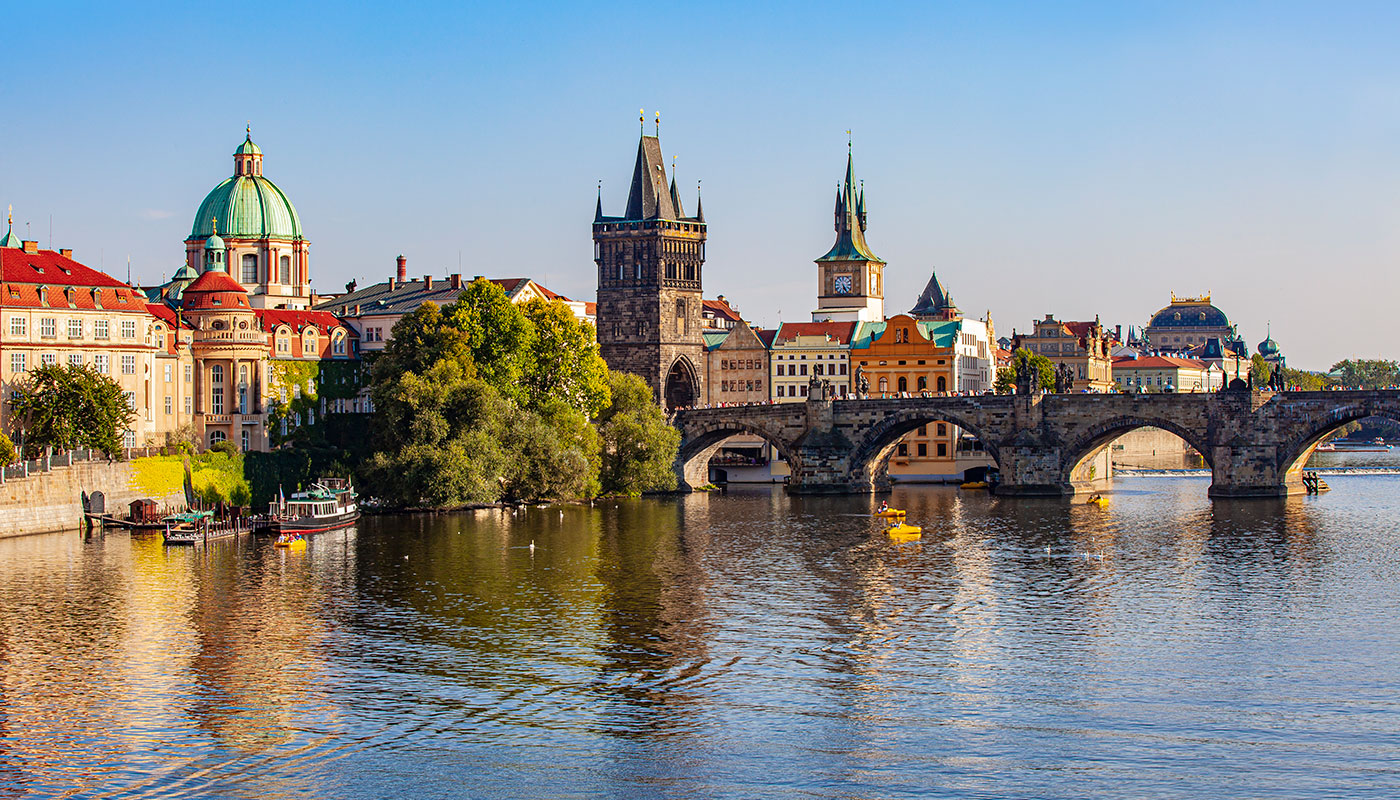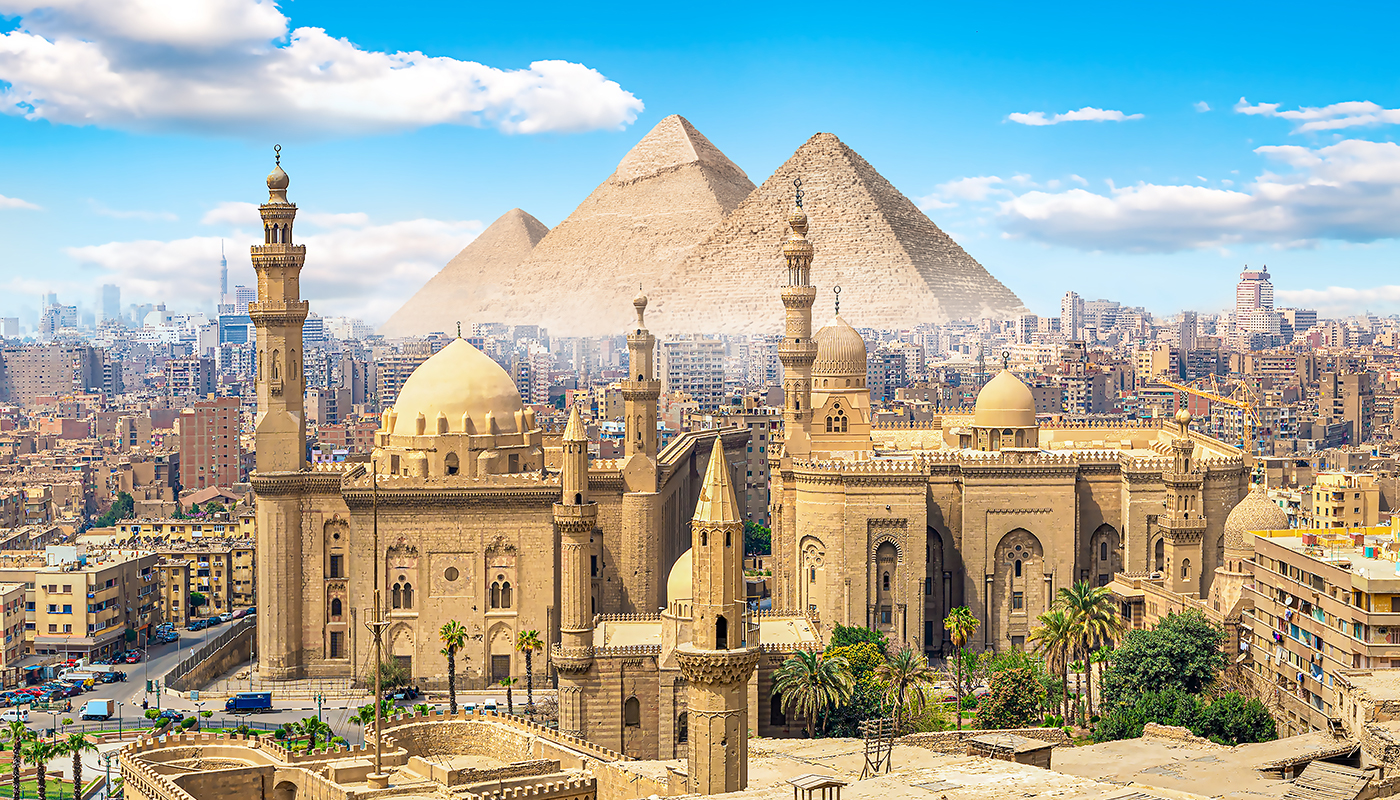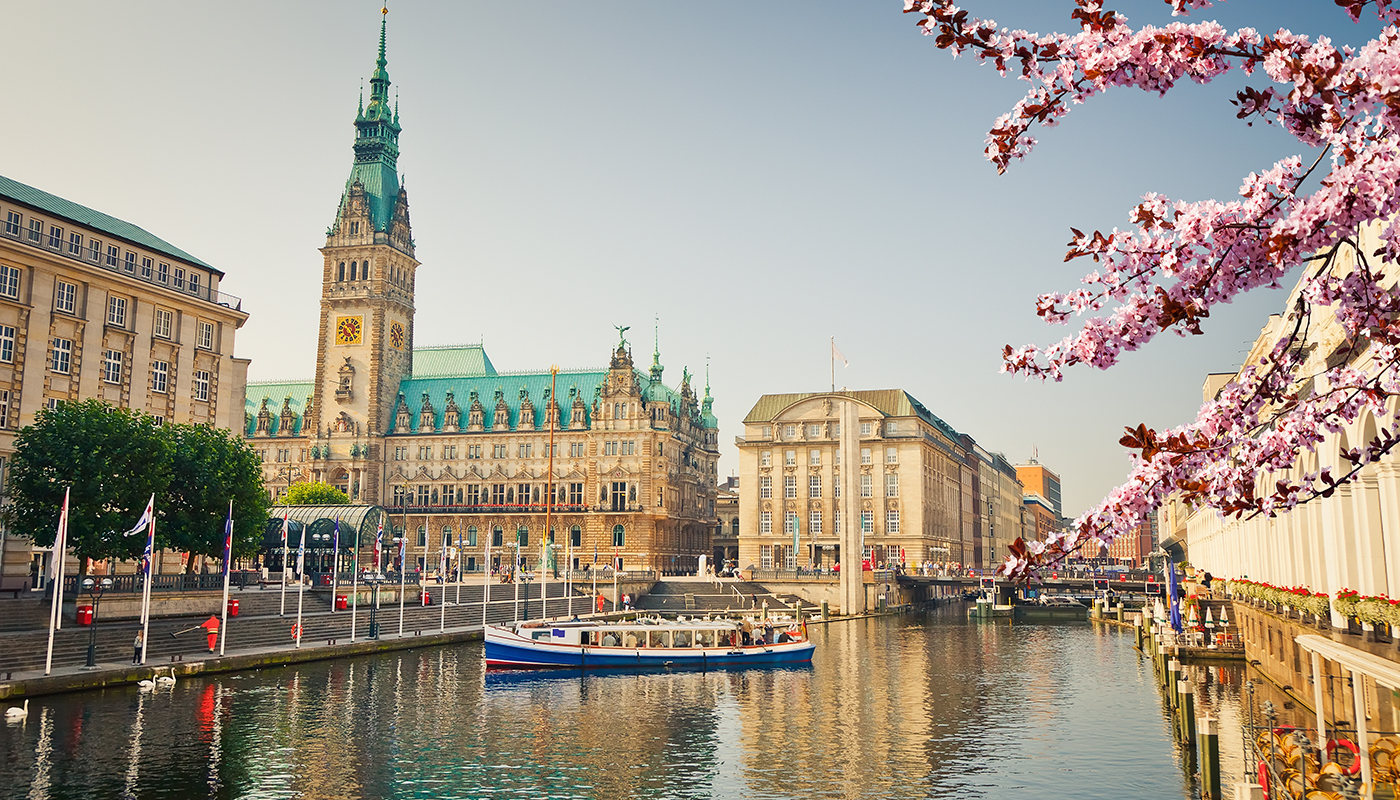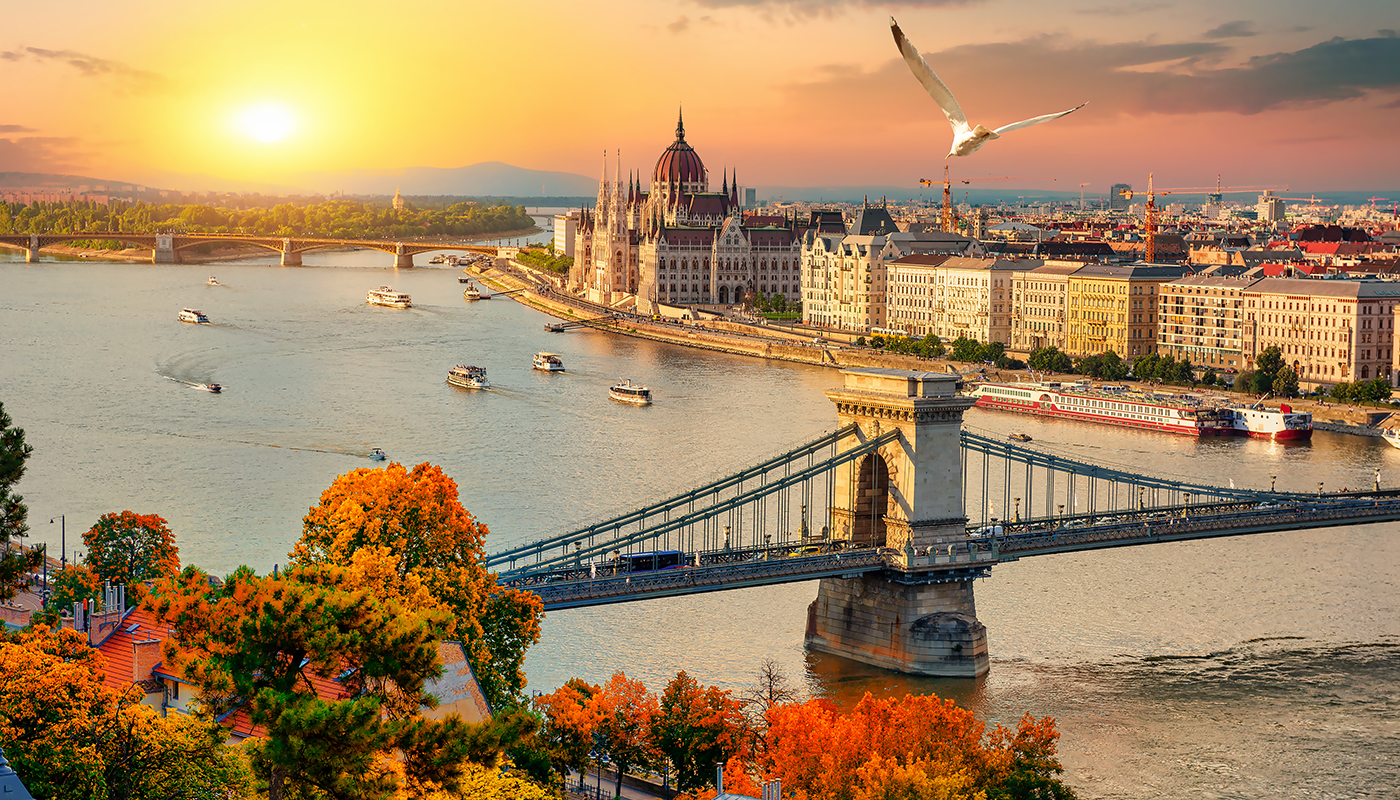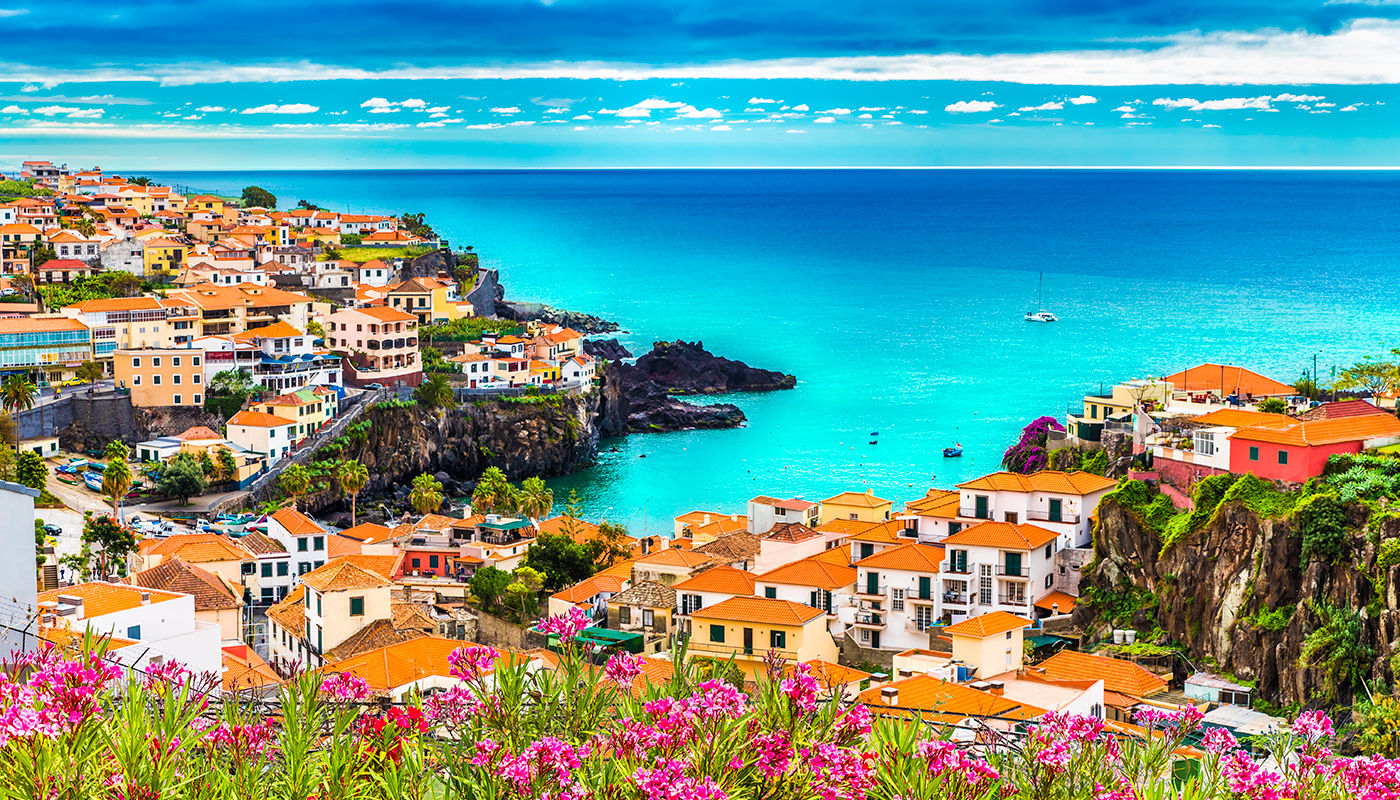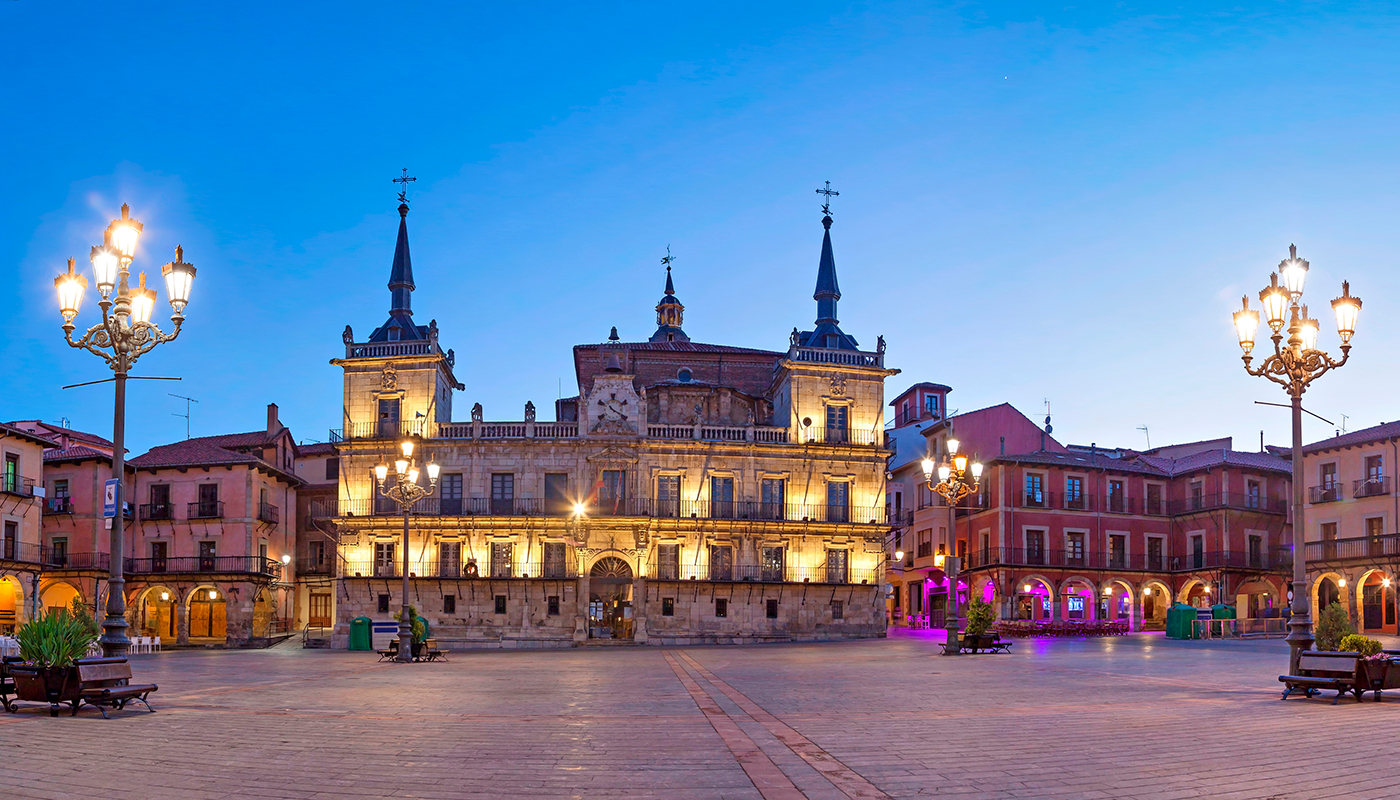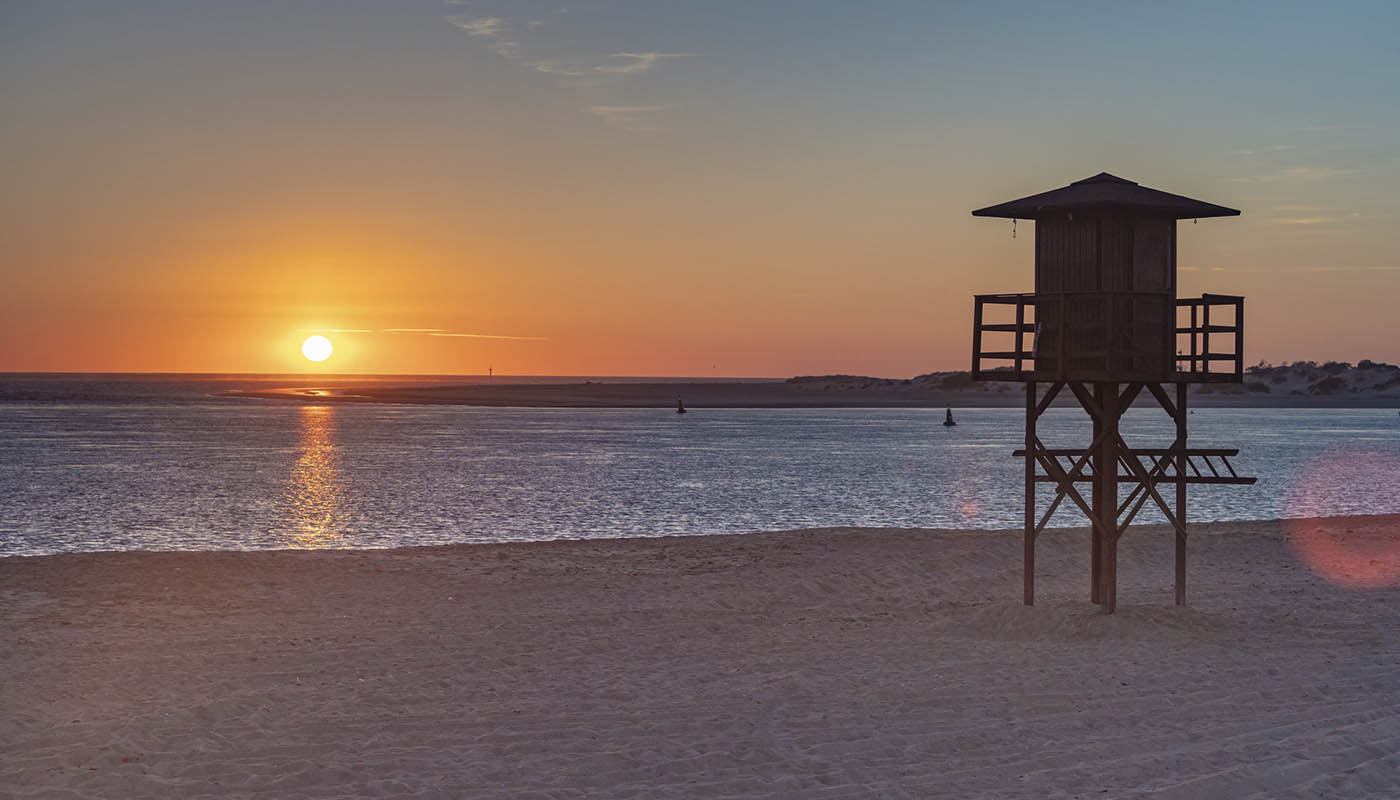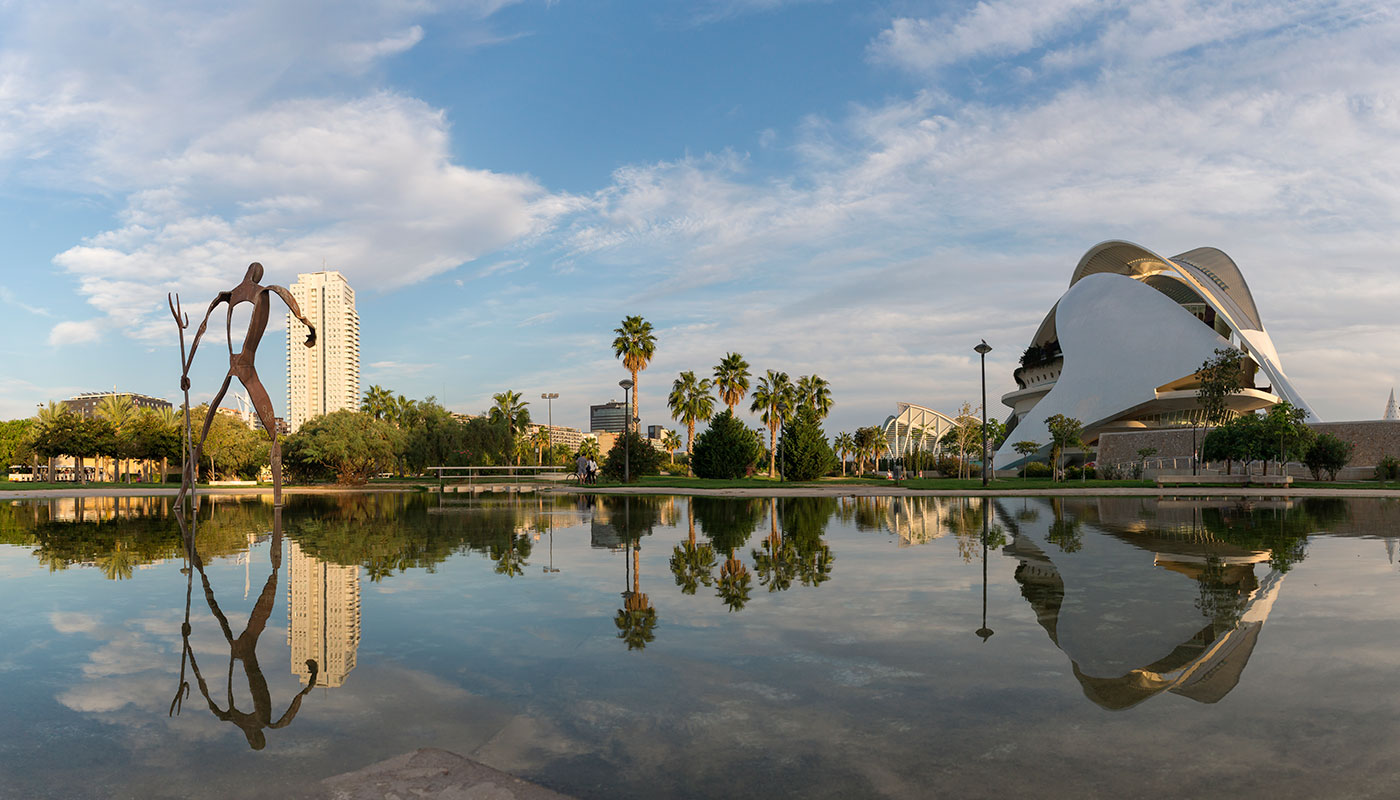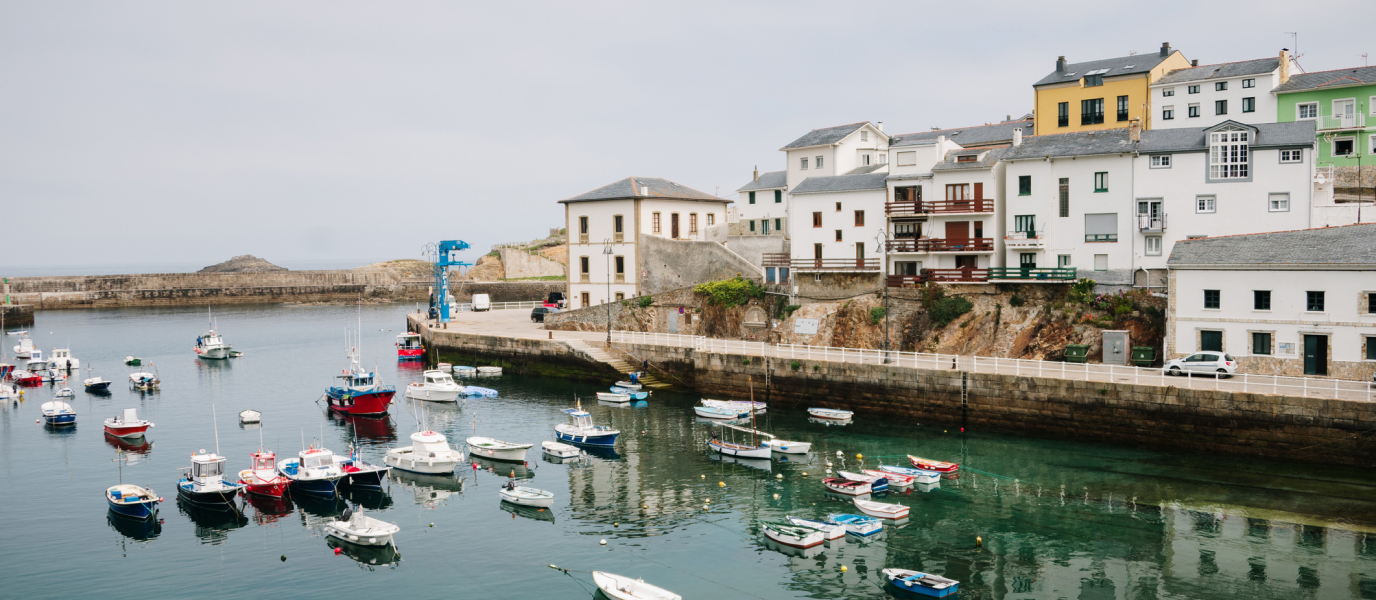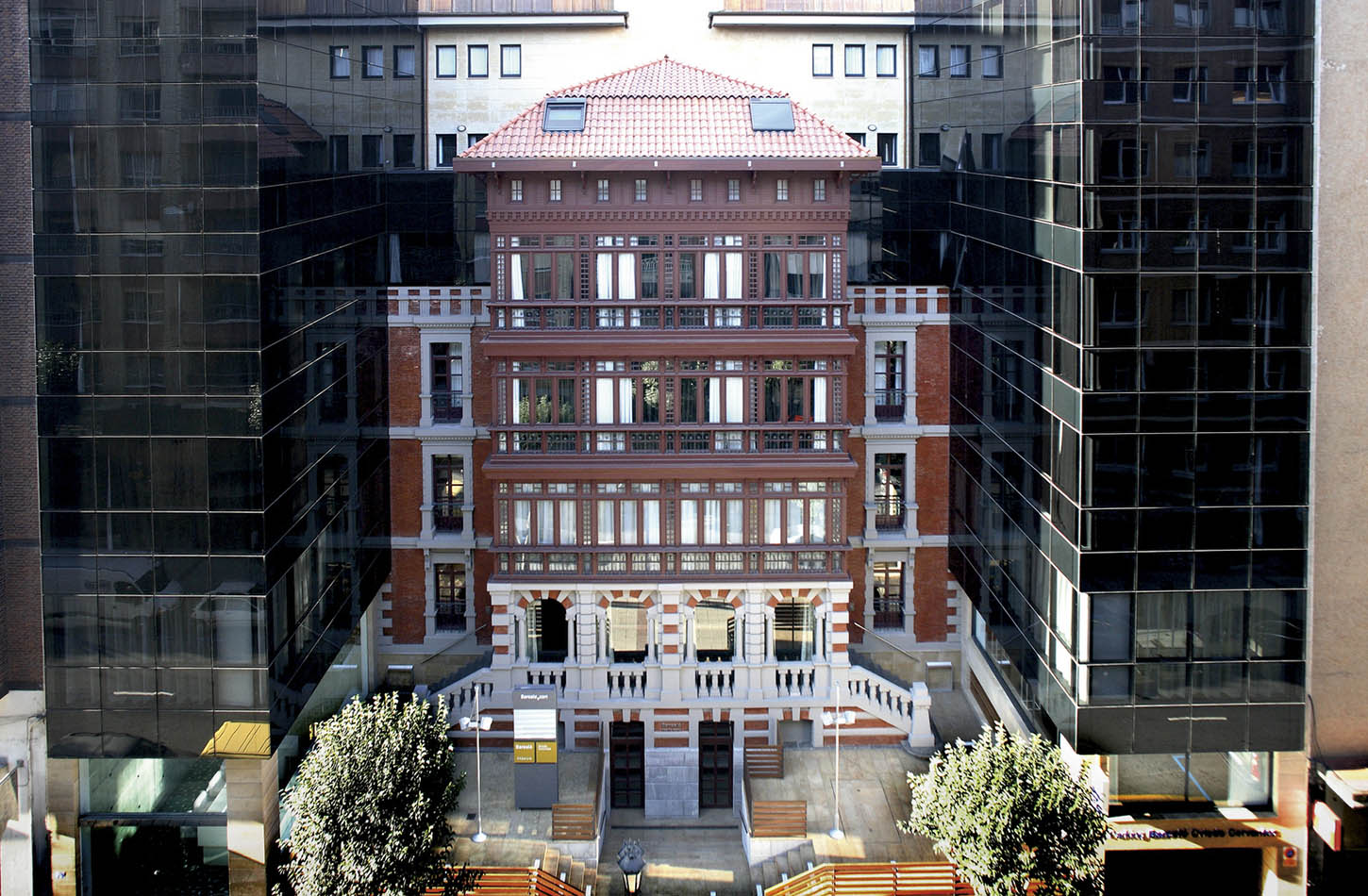Oviedo is the capital of the Principality of Asturias and sits right at its heart. It teems with nature, Romanesque art, fiestas, cuisine, culture and more. It is the home of the Princess of Asturias Awards (formerly the Prince of Asturias Awards) and was the capital of the first Christian kingdom on the Iberian Peninsula. The Camino de Santiago is said to have originated here.
Oviedo is the second most populated municipality in Asturias after Gijón. Despite its size, Oviedo holds on to its traditions and carefully preserves its artistic heritage for all to see on the streets of its old town. Woody Allen (winner of the Prince of Asturias Award for the Arts) said that “Oviedo is like a fairy tale” and described the city as delicious, exotic, beautiful, clean, lovely and tranquil. His tribute wasn’t in vain: the city erected a bronze statue on its Calle de las Milicias Nacionales in honour of the film maker. It’s one of more than a hundred sculptures waiting to be discovered around the central streets of Oviedo.
Restaurants and cider houses in Oviedo
For a taste of Oviedo’s buzzing culture and shopping scene head to the area around the cathedral. Situated next to the Plaza de la Constitución (the town hall is also here), it’s one of the most central and important places in the city. This is Oviedo’s beating heart – at every turn you’ll see monuments, sculptures, quirky shops, traditions, pre-Romanesque churches, theatres, and a plethora of restaurants and cider houses (the local name is a sidrería) where you can sample Asturian cuisine and the local tipple.
Oviedo has a wine tour that takes you around Calle de Manuel Pedregal and Calle Campoamor (both streets are very close to the train station and the city’s main shopping street, Calle de Uría). This area is jam-packed with eateries where the star of the show is of course the wine, though beer and cider are also on offer. If you don’t have time to stop and sample some typical Asturian dishes, grab some tapas or toasted breads with various toppings in the restaurants featured in the wine tour.
Vehicle traffic was prohibited from the city centre several years ago and the area is now a haven for pedestrians. You can relax as you enjoy every corner of a city that has produced such grand literary figures as Clarín, López de Ayala and Melchor de Jovellanos.
What to do and see in Oviedo
Read on to discover some of Oviedo’s most unique and emblematic tourist attractions.
Santa María la Real del Naranco
Appreciate Asturian art in all its splendour in this church located at the foot of Monte del Naranco, 4 km from Oviedo. It was built in the year 848 as the aula regia (Latin for ‘royal hall’) of the palace of King Ramiro I in the 12th century and later became a temple. It really is a must-see.

Catedral de San Salvador
Construction of the great pointed-arch cathedral of Oviedo began in the 14th century and was completed in 1587. The facade was designed by Juan de Badajoz, and notable features inside include the Capilla de Santa Bárbara, the Santa Teresa altarpiece (1739), the balcony exhibiting the Sudarium, or Holy Shroud, and the Cámara Santa. Next to the Capilla Mayor is a 13th-century polychrome image of the Holy Saviour. The main altarpiece is adorned with images of the life of Christ and holds its own against those in Toledo and Seville. Visit the church museum to see important collections of archaeological artefacts and sacred art. The plaza in front of the cathedral is a hive of activity and the ideal place for getting a feel for the city.

Estadio Municipal Carlos Tartiere
This is the home ground of Real Oviedo, the local football team. Opened in 2000, it has capacity for 30,500 spectators along with 200 VIPs and is a category 3 stadium under UEFA regulations (the highest is 4). The building works were plagued with criticism from locals about the dreariness of the stadium. The popular nickname La Formigada pokes fun at the fact it looks like a huge lump of concrete.
Parroquia de San Julián de los Prados
Located on the A66 exit from Oviedo (direction Gijón and Avilés), the Church of San Julián de los Prados is the largest example of pre-Romanesque architecture in Asturias. The church was declared a World Heritage Site by UNESCO in 1998 and was originally part of a palace built by order of Alfonso II the Chaste in the 9th century. The ancient baths inside the church were sadly destroyed by recent motorway building works. The central hall is decorated with paintings and the temple is one of the best-preserved examples of the time in Europe. The local name for the church is ‘Santullano’.

Asturias Archaeology Museum
The museum is housed within the ancient San Vicente Convent. Its exhibits are distributed around the Juan de Badajoz cloister, where you’ll discover a large collection of Asturian artefacts dating from the Lower Palaeolithic to the Modern Era. The pre-Romanesque pieces are particularly interesting, as is the ethnography collection. The museum holds the consecrated altar stones of Santa María del Naranco and San Miguel de Lillo, and the Romanesque tomb of Gontrodo Pérez.
Calle de Gascona, a.k.a. Cider Boulevard
Asturias is unequivocally the land of cider, but a lesser known fact is that the drink has its own street in Oviedo: Calle Gascona, better known as the Bulevar de la Sidra or Cider Boulevard. It has at least 13 cider houses where you can enjoy this drink along with some local cuisine: try fabada asturiana, cachopo, bollos preñaos, frixuelos, Cabrales cheese and more, all in a relaxed setting.
Parque de Invierno
Located in the southern area of Oviedo, the ‘Winter Park’ is one the city’s largest green areas. At the edge of the park are the San Lázaro outdoor swimming complex, the Palacio de los Niños (an indoor children’s play centre), a skate park and a maze made of 650 laurel trees, all looking onto the Sierra del Aramo. For walking enthusiasts, the park links up with the Fuso de la Reina trail.

Campo de San Francisco
A 90,000-m2 garden cultivated on the old vegetable plot of the San Francisco Convent. The trees, the Romanesque facade of the ancient Church of San Isidoro, and the monument in honour of the writer Leopoldo García-Alas y Ureña – also known as Clarín – all provide a touch of magic in this natural paradise. Don’t miss the Rose Garden, and make sure to pause and listen to the babbling Angelín Fountain as you watch beautiful peacocks roam the park. Last but not least, comic strip fans can take their photo next to the statue of Mafalda.
Market and the Plaza del Fontán
Right at the heart of Oviedo, the Plaza del Fontán is one of the city’s most popular places to hang out. The former Fontán Theatre sits next to the Baroque-style Palacio del Duque del Parque at one end. At the other is the El Fontán food market. Around two centuries ago the plaza was purportedly a lake fed by natural springs. The area was recreated as the ‘Plaza del Pan’ (‘pan’ is Spanish for bread) in the novel La Regenta by Clarín, and was immortalised by Ramón Pérez de Ayala in his novel ‘Tigre Juan’. One of Spain’s most popular flea markets takes place in the plaza on Thursdays, Saturdays and Sundays in the morning.

The city was a beacon of Christianity during the Late Middle Ages and still has a pull for locals and foreigners alike in search of a city that has held onto its traditions and its identity. There’s certainly plenty to do in Oviedo both day and night.








